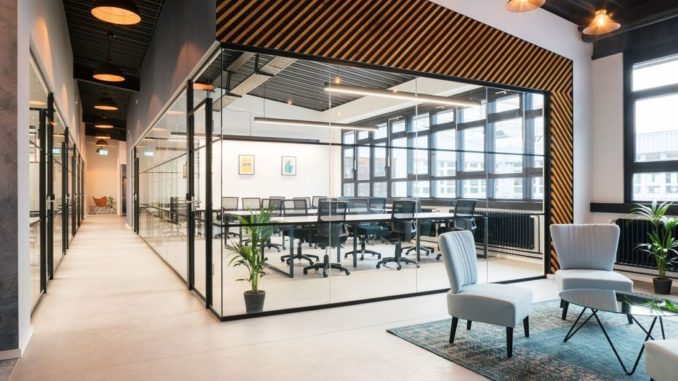
The challenges that involve rapid expansions and transformations are ones many companies welcome. This was further emphasized when the COVID-19 pandemic hit the globe and paved the way for new facility management challenges.
After another year of embracing the new normal, it’s time to identify the challenges and trends in facility management. One example is building sanitation and hygiene in manufacturing plants. Some companies are taking critical steps to enhance their flooring systems for food processing.
Building sustainability, hybrid work, and workplace technology are a few challenges confronting facility managers as employees finally return to the office. To learn more about them, here are the future challenges in facility management:
Space utilization
Each year, big corporations waste large amounts of money to utilize the workspace. Still, real estate leaders and facilities managers lack knowledge of how much space they’re wasting in their portfolios. The most common reason is the lack of standards for space classifications in various areas. Another reason is the lack of visibility because of the disparate or insufficient space management platforms.
The COVID-19 pandemic has highlighted the issue of space usage. It’s fair to say that workdays will never be the same after the crisis. Companies are transitioning towards hybrid work, which means employees will work in-office and remotely for a given number of days. So how will it affect companies in terms of facility management?
Since employees will no longer come to the office every day, companies have to adopt specific policies when it comes to using the office space. Studies show that decreasing real estate footprints offers several benefits, such as cutting costs in travel, energy consumption, and carbon footprint. But the real challenge lies in how facility managers will optimize the limited workspace and how to monitor the space being used.
Two trends are coming to shape the future of facility management: sensor technology and location awareness. Facility managers can use sensors to monitor humidity, occupancy, and room temperature. But they have to make sure the sensor will go unnoticed to avoid affecting its accuracy and performance. When implemented properly, facility managers can use the gathered data to optimize space, provide comfort, and modify actual space usage.
Virtual workplace services
As companies shift to hybrid work, this places huge pressure on facility managers on how they can provide a better experience to building occupants. This can be possible by directly collecting data from sensors through facility management software or building management system. The data collected will help them enhance the entire user experience by making facility management and maintenance more human-centric.
The first step is integrating a facility management platform with other applications or tools used by the company regularly. For instance, you can integrate the platform with applications to help users book meeting or conference rooms and use messaging tools to gather feedback. It will also streamline services and assistance requests (e.g., reports about broken equipment) instead of making the staff come to the office and submit their request by filling up a form.
Building efficiency and sustainability
Environmental sustainability has become a hot topic in recent years. But it was during the pandemic when people discovered how consumer behavior and day-to-day activities accelerated pollution in terms of air quality and plastic consumption.
This issue should prompt organizations to start an initiative for a sustainable post-pandemic recovery. But when it comes to facility managers, the idea of sustainability raises several challenges in terms of waste management, building efficiency, and paperless operations.
The good news is, sensors will play a critical role in promoting sustainability in facility management. Building managers can use sensor data to save costs and optimize operations. For instance, sensors can help you detect where and when you’re wasting energy the most. There are also motion sensors to adjust lights, which helps in saving electricity and energy. Sensors come with a utility application to optimize and track the usage of building utilities.
Proactive maintenance
Proactive maintenance offers many benefits to facility management in terms of solving issues before they worsen. But sometimes, predicting certain issues can be complex without the right technology in place.
If facility managers take advantage of technology to collect data, it’s easy to detect patterns in predictability. The data collected will help you develop a more intelligent and proactive maintenance plan, which involves fewer repairs and a more stabilized preventive maintenance.
Data is the future of facility management. In the coming years, managers will learn to manage data to optimize resources, cut costs, and transition to hybrid work. While most operational changes emerged because of the pandemic, it seems like many of them will stay. As we move forward, make sure to prepare with the right platform to help you handle management challenges easier than ever.

